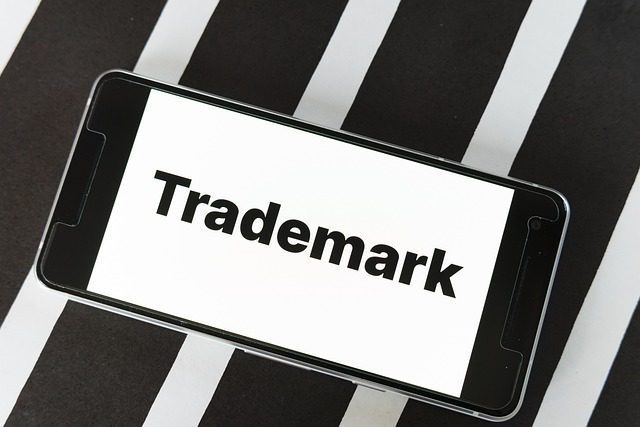In today’s hyperconnected world, intellectual property (IP) is among a brand’s most valuable assets, and one of the most vulnerable. As businesses expand digitally, from global e-commerce storefronts to dynamic content platforms, the threat of IP theft, counterfeiting, and unauthorized use has intensified. The ease with which counterfeiters can replicate, modify, and distribute brand assets has rendered traditional IP protection methods increasingly inadequate. To stay ahead, brands must embrace next-generation strategies, driven by technology, innovation, and a proactive mindset.
The Evolving Threat Landscape
Infringement no longer lives in shady markets alone, it thrives online. From fake products on ecommerce platforms to logo misuse on social media and AI-generated content that mimics brand identity, the digital ecosystem is riddled with brand impersonation. According to the 2025 Special 301 Report by the United States Trade Representative (USTR), India remains on the Priority Watch List due to significant concerns around IP enforcement, trademark counterfeiting, and delays in resolving infringement cases. Counterfeiters today operate with precision and speed, often outpacing the enforcement capabilities of traditional legal frameworks.
At the same time, consumer behaviors are shifting. The International Trademark Association (INTA) reports that a substantial proportion of Gen Z consumers in India are unaware of IP rights, often purchasing counterfeit products unknowingly through online platforms and social media influencers. This environment has created a perfect storm where weak enforcement, high demand, and digital distribution channels make it easier than ever for counterfeiters to operate, and harder for brands to fight back using traditional tools.
Conventional IP protection has been largely reactive: trademark registrations, cease-and-desist letters, and court battles. While necessary, these approaches are slow and limited in scale, insufficient in an age when a fake listing can reach thousands within minutes and resurface repeatedly across platforms. The new mandate is to shift from reactive enforcement to proactive protection by harnessing advanced technologies capable of identifying, verifying, and neutralizing IP threats in real time.
Cryptographic Signatures: A Silent Guardian for Brand Authenticity
At the forefront of next-gen brand protection are cryptographic signatures, a powerful tool for embedding invisible, tamper-proof code directly into product packaging. Unlike visible barcodes or QR codes, cryptographic signatures are hidden within the artwork itself and cannot be replicated.
Using AI and cryptography, these signatures are generated for a product package in 48 hours. Consumers or supply chain partners can scan the product using a standard smartphone to verify its authenticity, without needing any specialized equipment.
What makes this revolutionary is that brands can secure their products without changing any existing manufacturing processes. Cryptographic signatures can be embedded seamlessly into existing packaging, turning every item into a self-authenticating product.
AI-Powered Monitoring and Enforcement
Artificial intelligence plays a vital role in modern IP protection by scanning vast online environments for unauthorized use of brand assets. Image recognition, natural language processing, and pattern detection enable platforms to identify infringing content across e-commerce websites, social media, and even the dark web.
Advanced AI systems can go a step further, identifying fake seller networks, mapping counterfeit distribution chains, and predicting potential future threats. This allows brands to prioritize enforcement efforts and deploy legal or technical countermeasures quickly.
Engaging Consumers in the Protection Loop
Consumers are a brand’s strongest allies in the fight against counterfeits, if equipped with the right tools. By allowing customers to verify authenticity through cryptographic signatures or connected packaging, brands build trust while gathering valuable insights into product engagement.
Educational campaigns about the dangers of counterfeit goods, especially in critical sectors like healthcare, can drive awareness and create a culture of informed purchasing. This not only protects brand reputation but also reinforces customer loyalty.
Collaborating Across the Ecosystem
Brand protection is not a solo effort. It requires collaboration with online marketplaces, customs authorities, industry coalitions, and technology providers. Many platforms today offer brand registry programs and automated takedown systems—but real success lies in continuous cooperation, data sharing, and policy evolution.
In this digital age, the lines between physical and digital brand identity are increasingly blurred. As counterfeiters become more tech-savvy, so must brand owners. Tools like cryptographic signatures, AI surveillance, and blockchain aren’t just technical add-ons—they are essential components of a modern IP strategy. The future of brand protection lies in being invisible, yet vigilant; seamless, yet secure. Safeguarding IP is no longer just about enforcement, it’s about innovation, trust, and readiness for what’s next.

The article has been written by Padmakumar Nair, the CEO and Founder of Ennoventure









